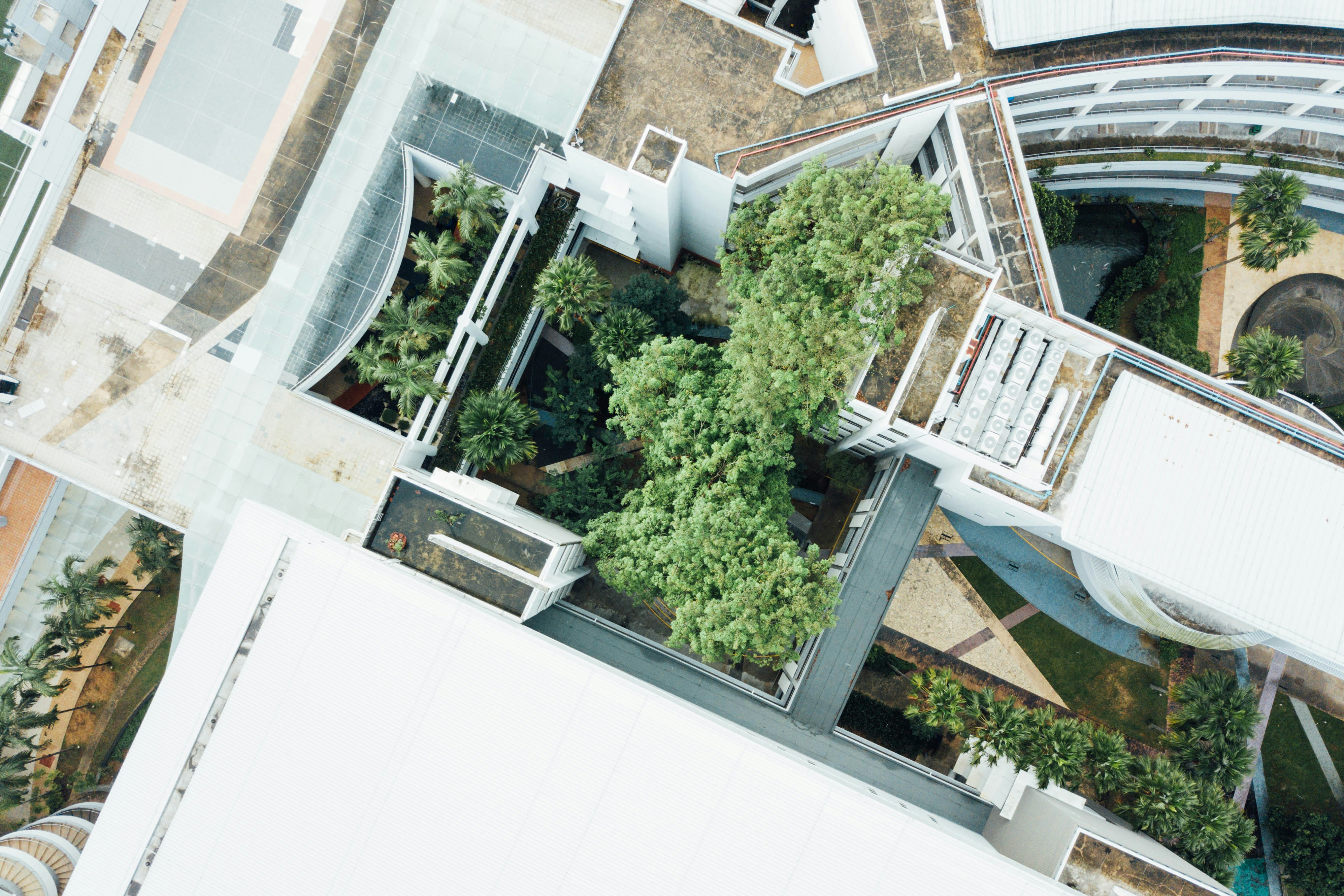Understanding Integrated Living Solutions
Integrated living solutions involve the use of smart technologies and sustainable practices to create efficient living spaces. They focus on minimizing waste, reducing energy use, and improving the overall quality of life for residents.
One of the cornerstones of integrated living is the efficient use of energy. By integrating renewable energy sources, such as solar panels and wind turbines, these solutions ensure a steady supply of clean energy, thereby reducing dependence on non-renewable resources.
Furthermore, the use of eco-friendly building materials plays a substantial role in integrated living solutions. Materials such as recycled steel, bamboo, and low-VOC paints contribute to reducing a building's environmental impact, ensuring healthier indoor air quality.
The Role of Smart Technology
Smart technology is at the heart of integrated living solutions, offering features like automated lighting, climate control, and energy management systems. These technologies help in significantly reducing energy consumption while enhancing convenience and comfort.
Adopting smart thermostats is a simple yet effective way to regulate temperature, optimizing energy usage throughout the day. Such devices learn your schedule and adjust temperatures accordingly, making your living space more energy-efficient.
Another exciting advancement is the use of smart plugs and energy-tracking apps that allow residents to monitor their energy consumption in real-time, enabling them to make informed decisions about their usage habits.
Sustainable Design Elements
Incorporating sustainable design elements such as green roofs, rainwater harvesting, and efficient insulation into eco-friendly apartments not only reduces their carbon footprint but also fosters a healthier living environment.
Green roofs are a particularly innovative design element that provides numerous benefits. They enhance insulation, reduce heat absorption in urban areas, and promote biodiversity by creating new habitats for various species.
Rainwater harvesting systems collect and store rainwater for non-potable uses such as irrigation and flushing toilets. This practice not only conserves water but also reduces the strain on municipal water supplies—a crucial consideration in many regions.
Community-Based Solutions
Integrated living solutions promote community-based approaches, such as shared resources and collaborative spaces, which encourage a sustainable lifestyle and strengthen community ties.
Community gardens, for example, provide residents with access to fresh produce while reducing the carbon footprint associated with food transportation. These gardens also foster a sense of community as residents work together towards a common goal.
Additionally, car-sharing programs are becoming increasingly popular as they offer an eco-friendly transportation option, reducing the number of vehicles on the road and subsequently minimizing greenhouse gas emissions.
Embrace the Green Revolution with Integrated Living Solutions
Integrated living solutions are revolutionizing how we perceive eco-friendly apartments. By bringing together smart technology, sustainable designs, and community focus, they are setting new standards for comfortable and environmentally responsible living spaces. As we move forward, embracing these solutions could be a significant step towards a more sustainable and eco-conscious lifestyle. Discover how these solutions can transform your living experience by visiting our homepage.




.webp)

.webp)
